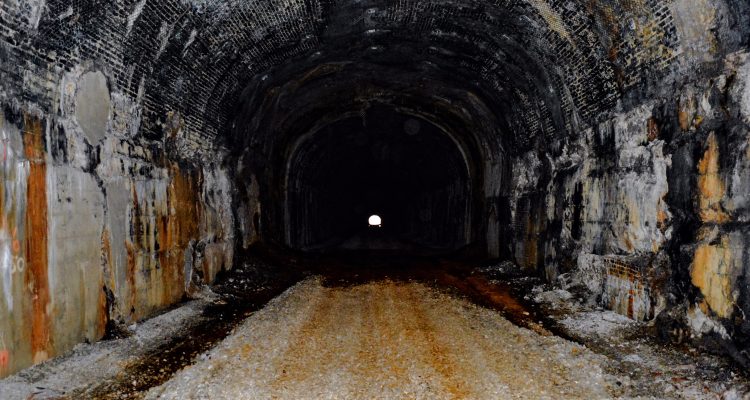It’s dark and dank with orange moisture seeping from its rotting walls and bricked ceiling, and it’s been decorated with graffiti and reinforced and blocked with steel fencing.
During the spring and summer months its entrances are smothered with vines and weeds, but those who are familiar with those portals along 20th and Jacob streets have used it for shelter or a shortcut from downtown to near South Wheeling.
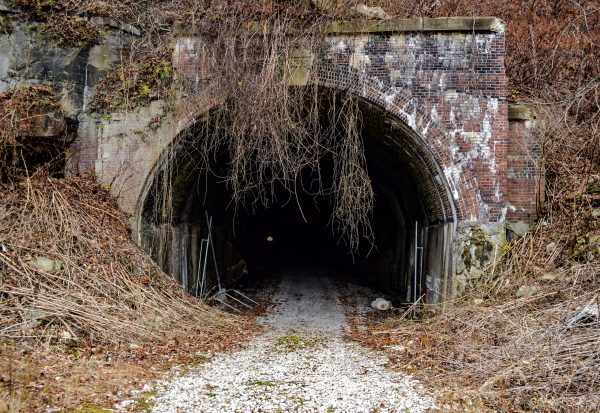
This is the Chapline Hill Tunnel, and drillers, blasters, hammer men, walking bosses, and foremen used 60,000 pounds of dynamite and shrewd labor to remove more than 71,000 cubic yards of earth to create the bore and nearly 14 million feet of timber to arch this railroad tube.
Paige, Carey & Co. orchestrated the construction of the tunnel, a project that began on Dec. 23, 1889, and the “breakthrough” took place on March 13, 1891.
“There’s not a lot of records about the tunnel, but I did find one lengthy article about the construction of it from the day the breakthrough was accomplished,” said Rebekah Karelis, historian for the Wheeling National Heritage Area Corp. “That’s the day when daylight from both ends hit the tunnel for the first time, and they started on both ends to meet in the middle.
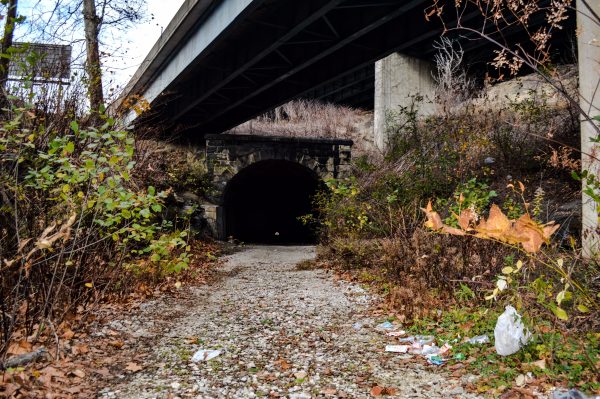
“After breaking ground for the tunnel on Dec. 23, 1889, the crews worked day and night to get the job done because of how important the tunnel was going to be for the railroads that came to Wheeling,” she continued. “At that time trains were everywhere in and around Wheeling, so extending the reach of the railroads meant the expansion of the commerce that would take place here.”
The newspaper report, from March 14, 1891, shared several facts about the tunnel:
- A crew of 104 men worked continuously, day and night, once ground was broken.
- The Chapline Hill Tunnel is 2664 feet in length, 24 feet longer than a half-mile.
- A total of 3,400 pounds of octagon steel was used to create the necessary drills.
- C. M. Frissell, the Wheeling resident who in 1860 ignited the final blast for the Hempfield Tunnel (referred to today as “Tunnel Green”), performed the same duty for the Chapline Hill Tunnel.
- Two employees of Paige, Cary & Co. were the first to travel through the tube. James Kelly began his trek in South Wheeling, and Thornton Shelton entered from the north along 20th Street.
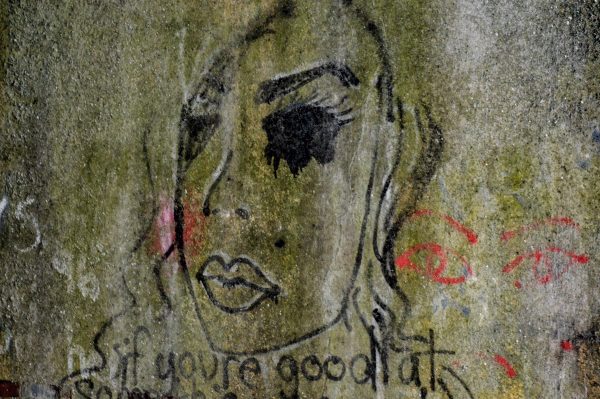
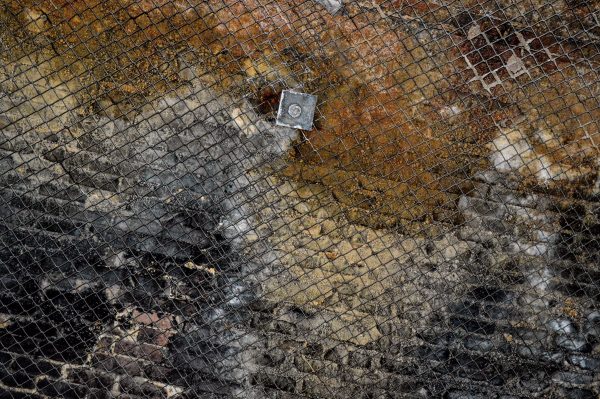
Little information, however, could be discovered concerning its use or closure.
“This is kind of typical that there isn’t a lot of information available, but I believe there is someone out there with a lot of history on this tunnel,” Karelis said. “They may not even know that they possess it because it could have been something that they inherited from a relative.
“This is an example of a piece of history that hasn’t been researched that much, but it’s also something where a person can’t just skim the top. They would have to really dig deep,” she added. “We know it’s out there. We just haven’t found it yet.”
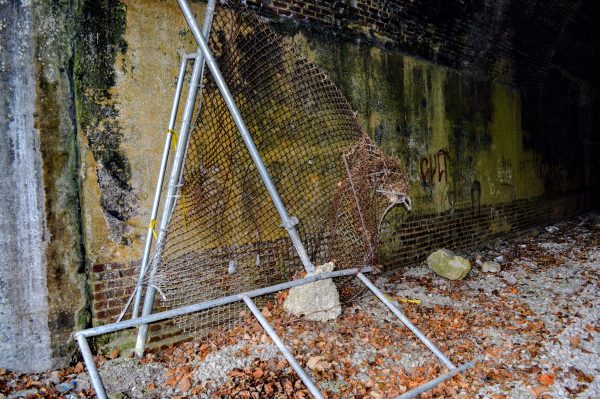
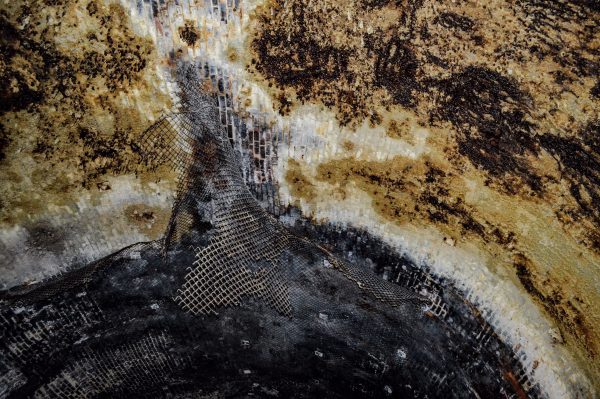
Karelis did discover a newspaper report that indicated that the blasting process for the Chapline Hill Tunnel was not met with approval by property owners in the general vicinity of the project.
“When they were dynamiting for the tunnel, the explosions were blowing out the glass windows in the houses and buildings in the area,” she said. “The shattered windows were reported in South Wheeling and along 19th Street in East Wheeling. The article said this was taking place every day for a year.
“Right now the majority of the Chapline Hill Tunnel runs under W.Va. Route 2, but when it was built there were houses that were located on that land,” Karelis said. “Houses were built a fair way up that hill, so I’m sure the people who lived above felt the dynamite, too.”
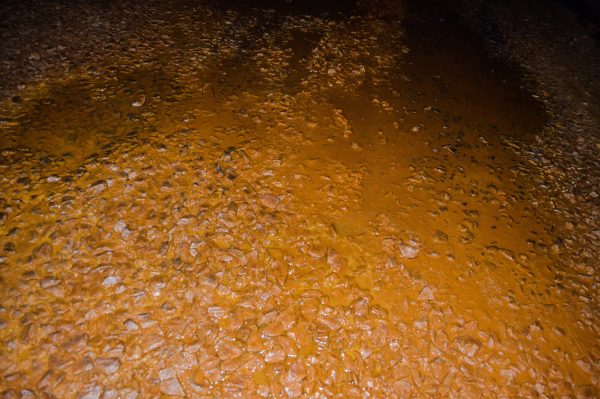
Five lives were lost during the construction process, and the newspaper article from March 14, 1891 stated, “Considering the magnitude of the job, the list of casualties is remarkably small. … “All had been warned, but persisted, so the contractors say, in disregarding the injunctions by the foremen.”
“In the article the casualties that happened during the construction of the Chapline Street Tunnel were pretty much brushed off as not that big of a deal, and the report pretty much blames the men who died for the accidents that killed them,” Karelis said. “These men were killed in the first 15 months of the project, and none of them met their demise very pleasantly.
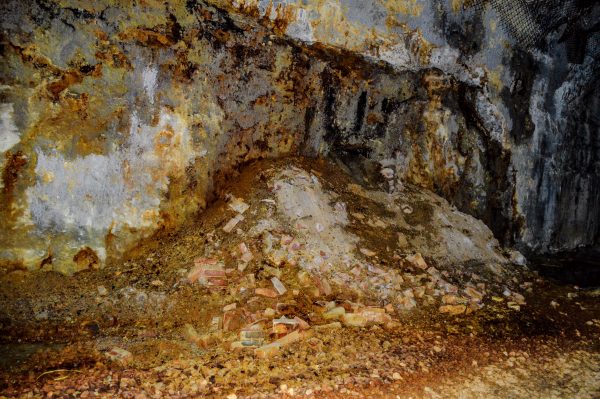
“Two were electrocuted by live wires, one was fatally injured when struck by a rock in the stomach, and two were buried in falls of dirt,” she explained. “The article also states that another five accidents took place but that those men were able to continue working on the tunnel.”
While tales of haunting do exist about the Hempfield Tunnel and were “confirmed” by the Wheeling newspaper in the late 1800s, Karelis has yet to hear one pertaining to the Chapline Hill Tunnel.
“Usually when people die during the building process, you hear the stories about their spirits being stuck inside, but I’ve found no reference to that for the Chapline project,” she said. “That is the case with the Hempfield Tunnel, and there are a lot of different stories about that one.”
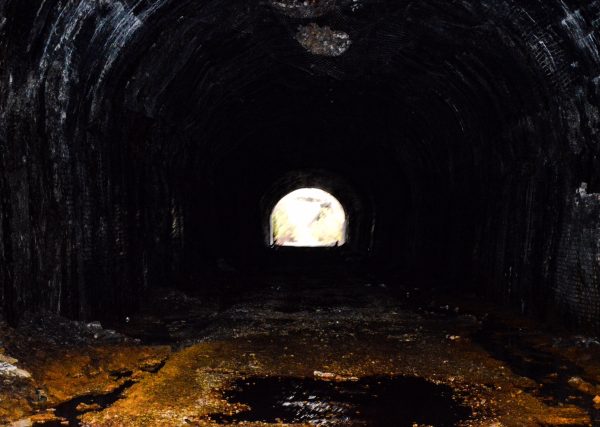
In early 2011 officials with the Wheeling-Ohio County Rails to Trails organization possessed plans to use the Chapline Hill Tunnel in order to extend access to walkers, runners, and bikers. At that time the reclamation project was projected to cost just under a half-million dollars and a grant from the federal Transportation Enhancement Program for $369,806 was received.
According to Wheeling City Manager Robert Herron, that grant was never realized because the projections to re-use the tube were re-examined.
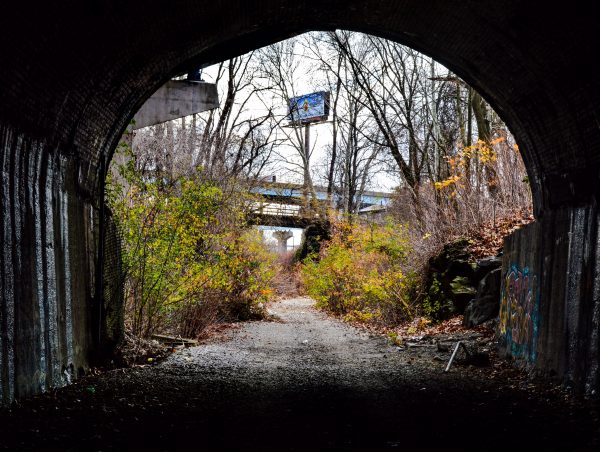
“The city did receive a grant for an estimated $400,000 to refurbish the tunnel, but a study that was conducted indicated that it would take as much as $4 million for the work, so I do not see anything happening with it for the foreseeable future,” the city official explained. “We pulled out the tracks about six years ago, and we do keep an eye on it, but right now there’s no active project in motion that would lead to the re-use of it.
“There is supposed to be fencing up that keeps people from going inside, but the fencing has been ripped down in the past,” Herron continued. “We’ve also taken measures to keep it the way it is today because of what is located above it.”
(Photos by Steve Novotney)


